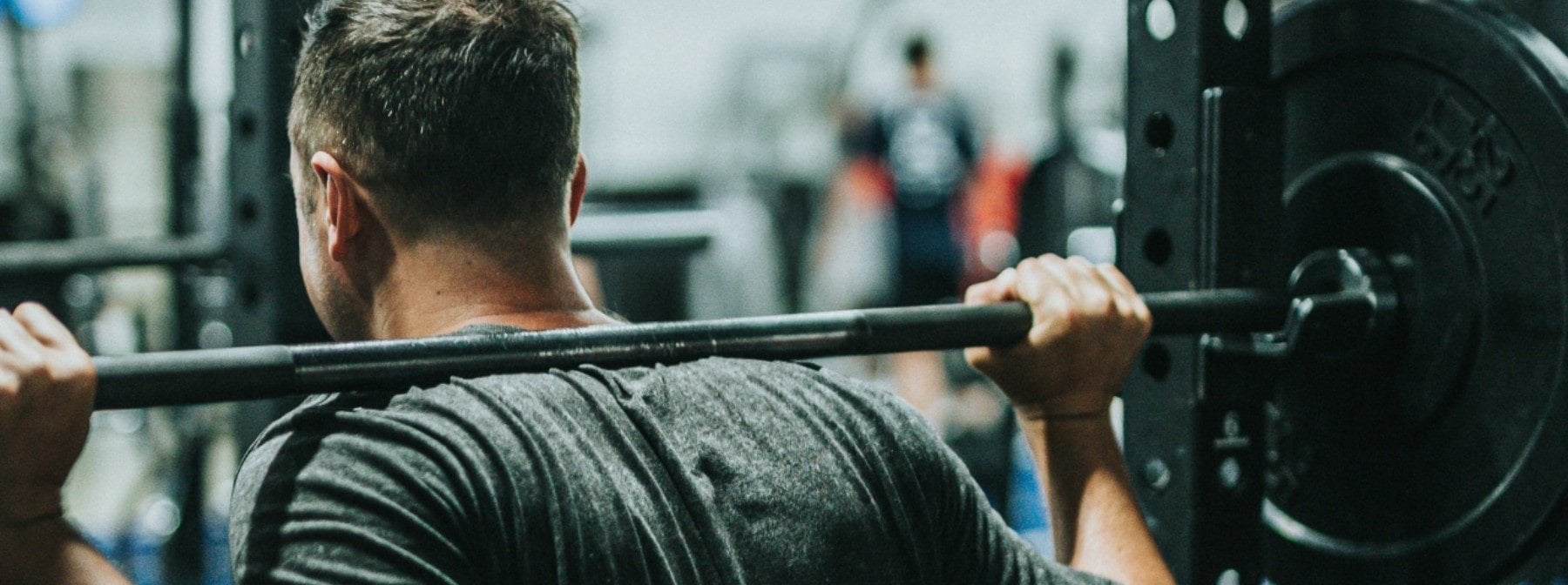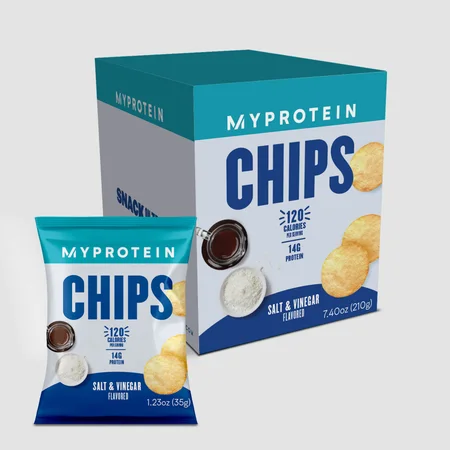
- Muscle Growth
- Myofibrillar Hypertrophy
- Sarcoplasmic Hypertrophy
- Incorporating Hypertrophy Into Your Workouts
- FAQs
Muscle Growth
There are two kinds of muscle growth – sarcoplasmic growth and myofibrillar growth.
Myofibrils are the elongated threads in skeletal muscle fibres which contract.
Hypertrophy is the enlargement of an organ or tissue. This enlargement in size is due to an increase of cells – otherwise known as muscle growth.
Myofibrillar Hypertrophy
Myofibrillar hypertrophy happens when you stimulate your muscles by lifting heavy weights, which causes trauma and microtears to the individual muscle fibres. Your body treats this as an injury, so it overcompensates, and in attempts to recover, increases the volume and density of the ‘injured’ myofibrils.
This type of hypertrophy results in physiological and performance adaptations, such as increases in muscle size, strength, and power – i.e., the type of hypertrophy we are trying to stimulate with our training.
Sarcoplasmic Hypertrophy
Sarcoplasm is the fluid surrounding the myofibrils in your muscles. It contains ATP, glycogen, creatine phosphate and water.
Sarcoplasmic hypertrophy occurs when the volume of sarcoplasmic fluid in your muscle cells increases. This type of hypertrophy increases muscle volume but does not increase the size or number of fibres, and thus does not result in improved performance.
Incorporating hypertrophy training into your workouts
Sarcoplasmic hypertrophy is more prevalent in bodybuilders, due to the style of training they typically use. A general rule for bodybuilders would be to include higher reps of moderate weight with short rest periods into your workouts. Your aim is to ‘pump up’, filling the muscles with blood.
Myofibrillar hypertrophy is more advantageous in sports that depend on performance, such as competitive weightlifting, martial arts, and gymnastics. While sarcoplasmic hypertrophy will be a consequence of exercising and lifting weights, these types of athletes should work throughout more rep ranges, developing hypertrophy, strength and power in defined mesocycles. Longer rest periods between sets are advisable.
Your larger muscle fibres will adapt to be able to produce greater force, resulting in more strength and speed. Therefore, myofibrillar hypertrophy is the most functional form of muscle growth.
As there are many theories out there on how these two forms of growth may be used in sports and weight training, we would advise the that there is room for a combination of the two in your programme.
A good place to start is the 5 x 5 rule, choosing compound lifts that work larger muscle groups using a heavy weight. We also suggest that you end your session with 3 x 15 of a moderate weight to achieve sarcoplasmic hypertrophy.
Gains in muscle mass can be achieved by maintaining progressive overload on the muscles, but only when sufficient recovery methods are utilised. Age and nutrition are cited as major factors that affect hypertrophy. Natural hypertrophy normally stops in regard to full growth in your late teens. If you’re a bodybuilder, you need to consume around 2g of protein per kg of body weight each day.
Take Home Message
Everybody wants bigger muscles, but it’s ineffective to simply chase a pump for each session. What we really want, is long term adaptations, and this comes in the form of myofibrillar hypertrophy.
FAQs:
Myofibrillar hypertrophy is caused by stimulating muscle fibres with heavy weights, leading to breakdown of muscle fibres. Your body then repairs these fibres with increased volume and density of the myofibrils.
Sarcoplasmic hypertrophy is when the volume of sarcoplasmic fluid in the muscle cells increases, resulting in increased overall muscle volume without a difference in strength or fibre size.
Typically for sarcoplasmic hypertrophy you should aim to ‘pump up’ the muscles with moderate weight, high reps, and low rest periods.
READ THESE NEXT:









